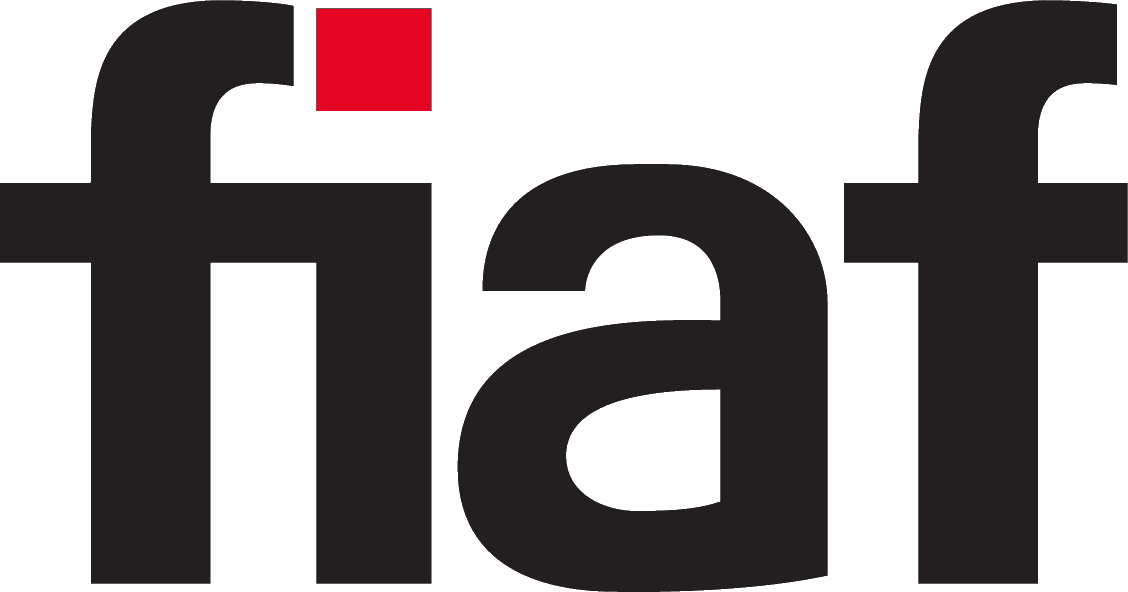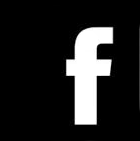FIAF Oral History Project Guidelines
A PDF file of the following guidelines can be downloaded HERE.
Planning and Research
When you first contact a potential interviewee, explain to them that this is for the FIAF Oral History Project. Inevitably, people will talk about themselves and their own organizations, but they should be reminded that the main focus should be on their (and their institution’s) relationship with FIAF and other FIAF archives and colleagues.
Ask the potential interviewee if there is anyone they would particularly like to be interviewed by. Ideally, someone from the interviewee’s Archive would be involved, but former colleagues, colleagues from other archives, or even personal friends could also take part if it was thought that this would offer a more relaxed and productive interview. The ideal number of interviewers is two. More than two begins to be unwieldy, but might be appropriate in certain circumstances.
Ask the potential interviewee what language they would prefer to be interviewed in. Though it would be advantageous if he or she felt completely confident and competent in one of FIAF’s official languages, this might, for example, rule out a preferred interviewer. Interviews will eventually be translated anyway, so whether this is to two of the Federation’s official languages or to all three is not such an issue.
Agree a convenient and suitable venue for the interview. Offices are not relaxing places. The interviewee might well feel more comfortable in their own home, for example. In any case, you should ensure that the interview will take place in a quiet place.
Make it clear to the interviewee right from the start that copyright in the interview, whether as a verbal record or in transcription and/or translation, resides with FIAF.
A list of suggested basic questions can be found below. Send these – and any others particularly relevant to the person – to the interviewee before you meet them, so that they can start reminiscing and giving their answers some thought ahead of the actual interview.
Ask the interviewee if they could look out for any memorabilia they might have. Photographs, for example, are good for jogging memories, and they would be welcome additions to the FIAF archive.
Make sure you have as much information as you can get in advance of any interview. Though this might seem to be putting the cart before the horse, it sometimes helps to lead people to better recollections if you can ask them pertinent questions. For example:
- Call colleagues or former colleagues and ask them if there’s anything they’ve heard about which they think is interesting or which needs clarification, etc.
- Make a list of names of people you know worked at the interviewee’s Archive – particularly in “external liaison” activities generally, or who were specialist in disciplines represented by one of the Commissions – so that you can ask about them if they’re not mentioned spontaneously by the interviewee.
- Find out what you can about any Congresses hosted by the interviewee’s Archive, including dates and discussion topics, special speakers, etc.
- Try to read whatever is available on the history of the interviewee’s Archive.
Preparing for the Interview
Inform the interviewee if there are any last-minute changes proposed – if one of the designated interviewers has to drop out, for example – in case this makes a difference to their willingness to be interviewed.
Make sure your recorder is working properly. Change batteries, and take a spare battery with you. Take a spare recorder if you can. The choice of recorder is up to you, but
(a) it should have sufficient memory to take several hours of interview at a speed that provides good audio reproduction, and
(b) it should be possible to run recordings backwards (as well as forwards) a few words at a time as this will be essential for easy transcription.
Take a good digital camera with you. This is useful not just for taking a picture of the interviewee (for archival purposes, and possible publication in the JFP, on the FIAF website, etc.), but might also enable you to digitize some of their memorabilia.
Take this list of basic questions which will help provide standard information for each interview.
- Name of Archive
- Date of founding
- Date joined FIAF
- Name of first curator, other staff/positions at the time
- Names of other important officers
- Names of any other FIAF member organizations in the country
- Dates the interviewee worked at the Archive
- Interviewee’s background/education
- Position(s) held by interviewee
- Dates of other important events
- Position of the organization at its foundation (Division of another? Independent?)
- Position today (Dates of changes?)
- “Political” situation at joining (e.g., was there opposition from a parent body?)
- Has this situation changed?
- Functions of organization at foundation
- Functions today (Dates of changes?)
- Funding sources
- Relations with other archives
- Preservation collaboration
- Print loans
- Print borrowing
- Special relationships / Regional groups
Interviewees who have been involved with Commissions should be asked all the above, but in addition:
- Name of Commission
- Role of interviewee
- Dates interviewee was connected with Commission
- Names of Commission officers/members during this period
- Activities of Commission
- Interaction with other archives
The Interview
Check the equipment (again). Turn off mobile phones. See if the interviewee would be willing to turn off their house phone. Check for noisy clocks – remove them if possible.
Interviewees may well have opinions about the effectiveness (or otherwise) of FIAF’s activities and/or officers during the years they were connected with it. These opinions should be sought, of course, but some people will be reluctant to talk against former colleagues who are still living. They may be persuaded if they are aware that, while all the information will eventually reside on the FIAF website where it can be accessed by authorized enquirers, it is nonetheless possible to place embargoes on access to a full interview until a specified date, and to permit access only to an edited version of any transcript for the same period. Interviewers must remember that they are not allowed to pass on anything they hear that the interviewee may wish to keep confidential.
Before beginning to ask any questions, it is essential that you log basic identification information verbally at the beginning of the recording in one of FIAF’s three official languages. Give the following details:
“FIAF Oral History Project”
“Interview with ---------- -----------------”
“On (date)”
“At (venue)”
“By -------- -------------- and --------- --------------------”
“Interview conducted in (language)”
“The interviewee has been advised that copyright in this recording and its transcripts and translations resides with the International Federation of Film Archives.”
And make sure that the interviewee hears you saying this last sentence!
Ask the basic questions from the list above, as well as any others you believe help clarify anything about the interviewee’s Archive, as well as the interviewee’s own role in that Archive and vis à vis the organizational and personal relationship with FIAF.
Ideally, after that, an interviewer should say as little as possible, allowing the interviewee free rein, and subject only to whatever prompting is necessary to elicit information on topics you’ve come up with during your researches. Try not to comment audibly – nod your head to indicate understanding or agreement, for example, unless you really have to be drawn into discussion for a few seconds.
Some interviewees are indefatigable. Others get tired. Be aware of this and, if necessary, suggest postponing the rest of the interview to another date.
After the Interview
Forward a copy of the recording to the FIAF Secretariat, with a note of the information (as above) that identifies it.
Arrange for a transcript to be made at the earliest opportunity. This is not only useful for archival and access/publication purposes, but also to translators. Make sure you read this carefully to correct spellings of names, etc. The final text, marked as FIAF copyright, should be forwarded to the Secretariat. It is helpful to provide a good summary of the interview as well – name of interviewee, Archive, period covered, particular points of interest, etc., etc.
Send a copy of the audio recording and/or the transcript to the interviewee. Be prepared to get comments or requests to have certain parts deleted. If appropriate, try to persuade the interviewee that the interview should remain as recorded.
Identify someone in your own country who can translate the interview into any or all of FIAF’s three official languages. This person could be a professional translator, or should at least be bilingual, but should ideally have some knowledge of archives and archiving as well. The texts, marked as FIAF copyright, should be forwarded to the Secretariat as they become available.
It is hoped that each Archive can take responsibility for arranging and for paying for transcription and translation.





